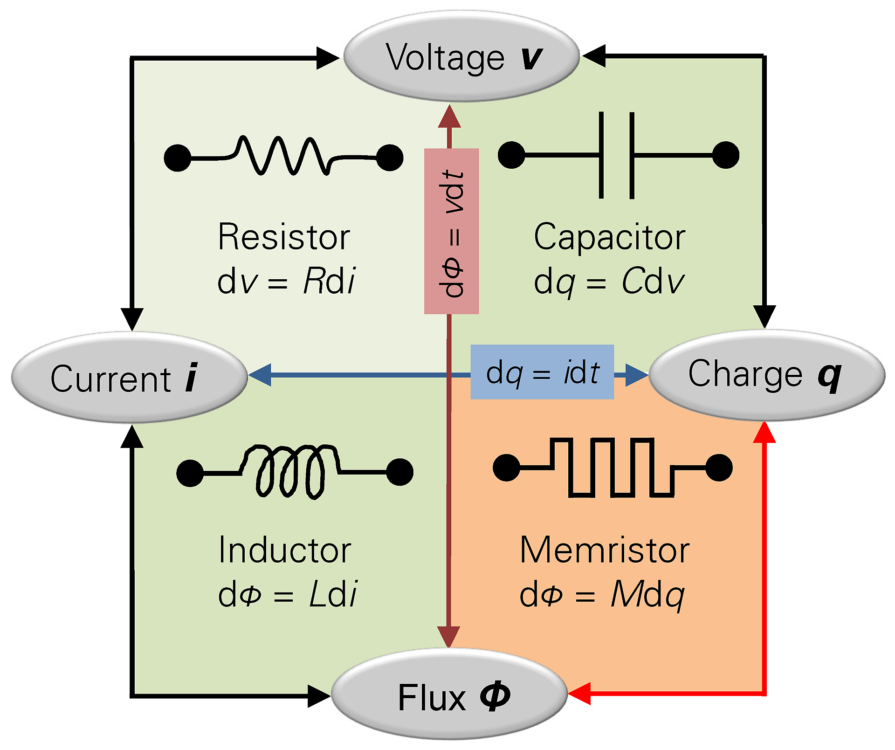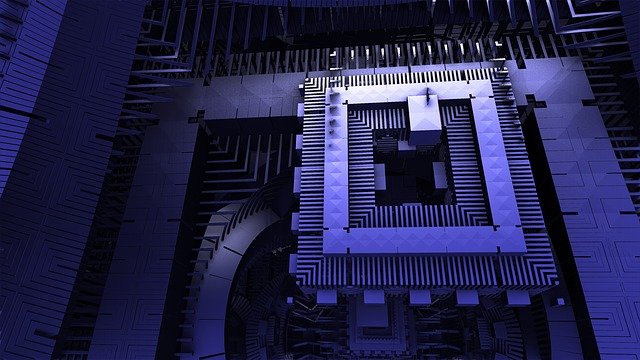The sub-two hour marathon: An optimized storm of science and grit
Four minutes and thirty four seconds. That was Eliud Kipchoge’s mile time…for 26.2 miles. On October 12, 2019, the acclaimed Kenyan distance runner broke a barrier that was once thought to spell certain death: a sub-two hour marathon. While rules on pacing and fluid allowance and concerns surrounding equipment engineering prevented his run from being […]
The sub-two hour marathon: An optimized storm of science and grit Read More »








